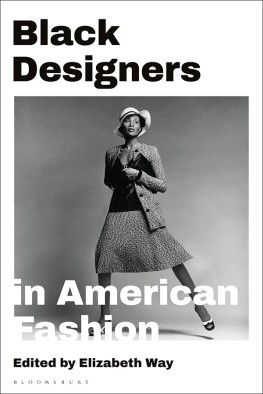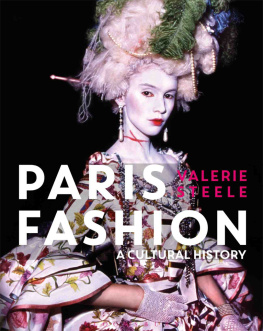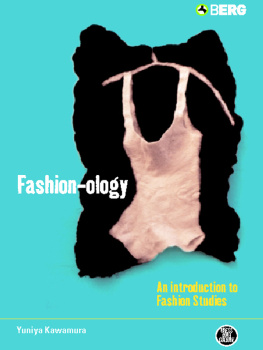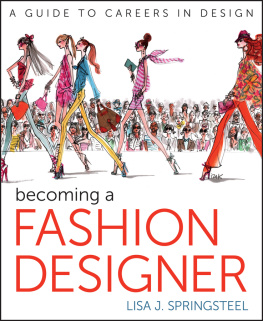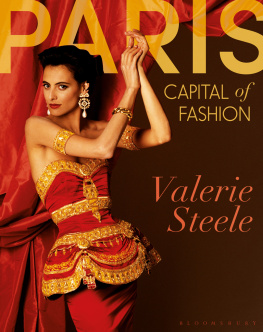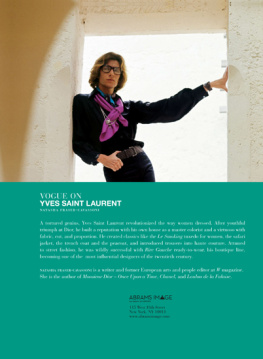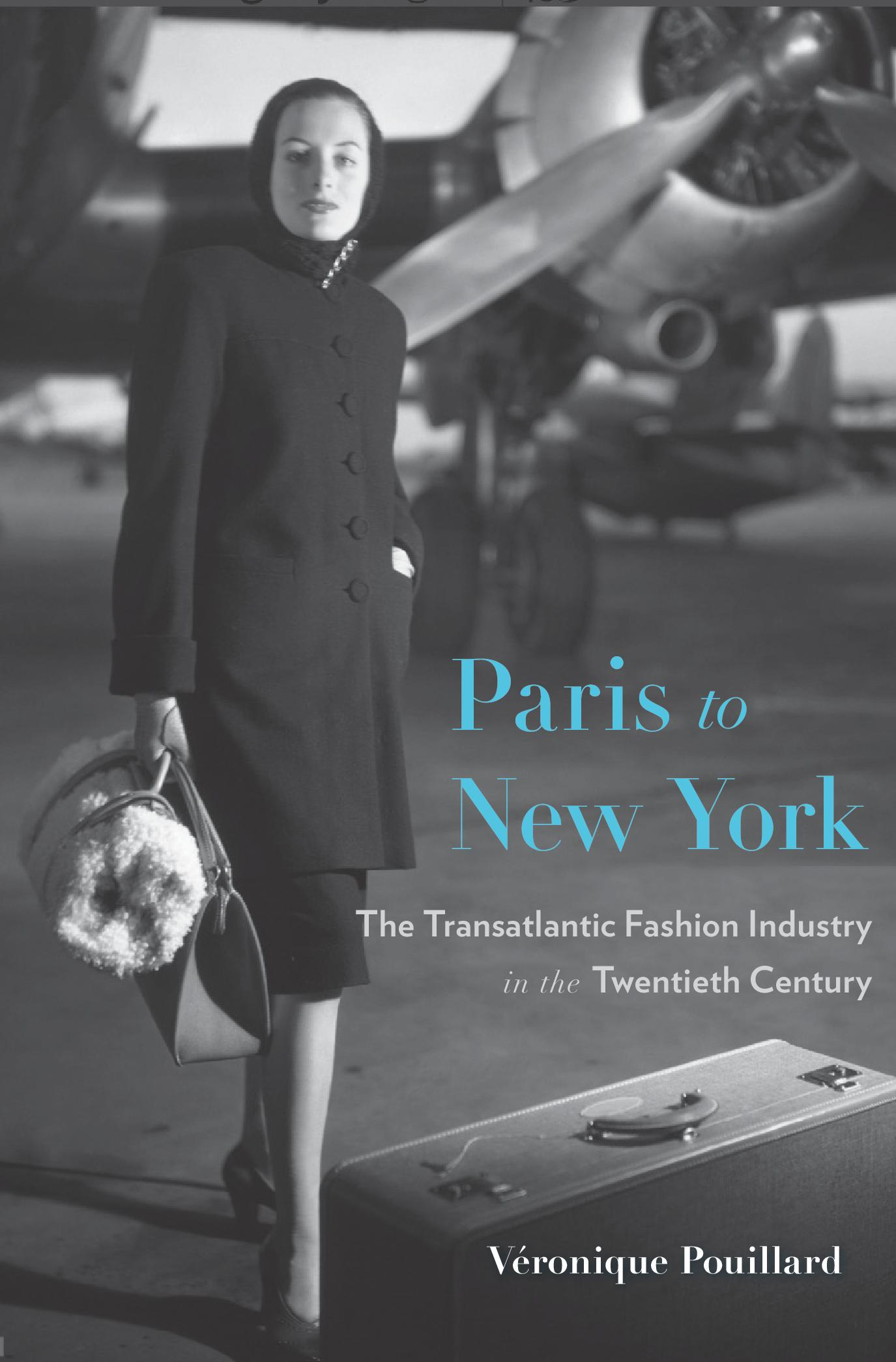Contents
Guide
Pagebreaks of the print version
HARVARD STUDIES IN BUSINESS HISTORY 54
Published with the support of the Harvard Business School
Edited by
Walter A. Friedman
Lecturer of Business Administration
Director, Business History Initiative
and
Geoffrey Jones
Isidor Straus Professor of Business History Faculty Chair, Business History Initiative
HARVARD BUSINESS SCHOOL
Paris toNew York
The Transatlantic Fashion Industryin theTwentieth Century
Vronique Pouillard
HARVARD UNIVERSITY PRESS
Cambridge, Massachusetts & London, England2021
Copyright 2021 by the President and Fellows of Harvard College
ALL RIGHTS RESERVED
Cover photograph by Frances McLaughlin-Gill; Cond-Nast Collection
Cover design by Lisa Roberts
978-0-674-23740-7 (cloth)
978-0-674-25946-1 (EPUB)
978-0-674-25948-5 (PDF)
The Library of Congress has cataloged the printed edition as follows:
Names: Pouillard, Vronique, author.
Title: Paris to New York : the transatlantic fashion industry in the twentieth century / Vronique Pouillard.
Other titles: Harvard studies in business history.
Description: Cambridge, Massachusetts : Harvard University Press, 2021. | Series: Harvard studies in business history | Includes index.
Identifiers: LCCN 2020044117
Subjects: LCSH: Clothing tradeFranceParisHistory20th century. | Clothing tradeNew York (State)New YorkHistory20th century. | Fashion designFranceParisHistory20th century. | Fashion designNew York (State)New YorkHistory20th century. | Globalization.
Classification: LCC HD9940.F8 P369 2021 | DDC 338.4/774692094436dc23
LC record available at https:// lccn .loc .gov /2020044117
Contents
Fashion is one of the worlds most dynamic industries, with a global retail value of around $3 trillion and a 2 percent share of the global gross domestic product. Over the past decade, the fashion industry has enjoyed annual average growth of 5 percent globally. The largest subindustry of fashion is womens wear, with a global retail value of $621 billion; mens wear is valued at just over $400 billion. While China is currently the largest exporter of apparel, Europe is second, and most of the industrys design and value creation still takes place in Europe and the United States. The American fashion industry currently employs more than 1.8 million workers, and in New York it accounts for three out of ten manufacturing jobs. Among the worlds fifty-largest fortunes, several are from the fashion industry, including those of Bernard Arnault, owner of Mo t Hennessy Louis Vuitton (LVMH); Amancio Ortega, founder of Industria de Dise o Textil SA (Inditex, home to Zara and other brands); and Stefan Persson, successor to his father, Erling, founder of Hennes and Mauritz (H&M). Their global groups are headquartered in Europe.
Fashion is not only one of the most dynamic industries; it is also a cultural phenomenon in its own right. The work of major designers such as Christian Dior, Paul Poiret, Yves Saint Laurent, and Madeleine Vionnet, among many others, is displayed in retrospective exhibitions in the worlds most prestigious museums. These designers names are recognized around the world, and many are the subject of multiple biopics distributed in theaters globally. They created exclusive products for the elite but also managed to become part of the general consumers imaginaries. These examples are indicators of the economic and symbolic capital that the fashion industry created over the twentieth century. In order to understand how it was possible for the fashion industry to generate such capital, it is necessary to uncover its history. The fashion industry is a composite of firms that create, make, and retail the widest array of personal goods, clothes, and accessories ranging from the ordinary to the exclusive. The creation of innovative clothing design is the common denominator of all the cases studied in this book. Production chains in the fashion industry are complex.



